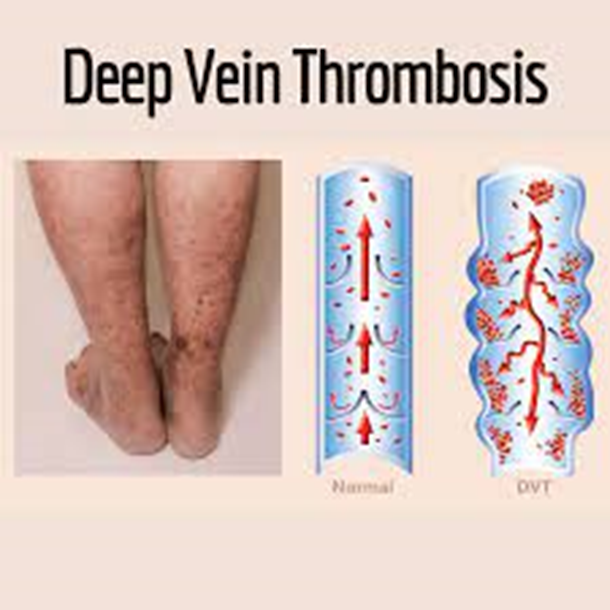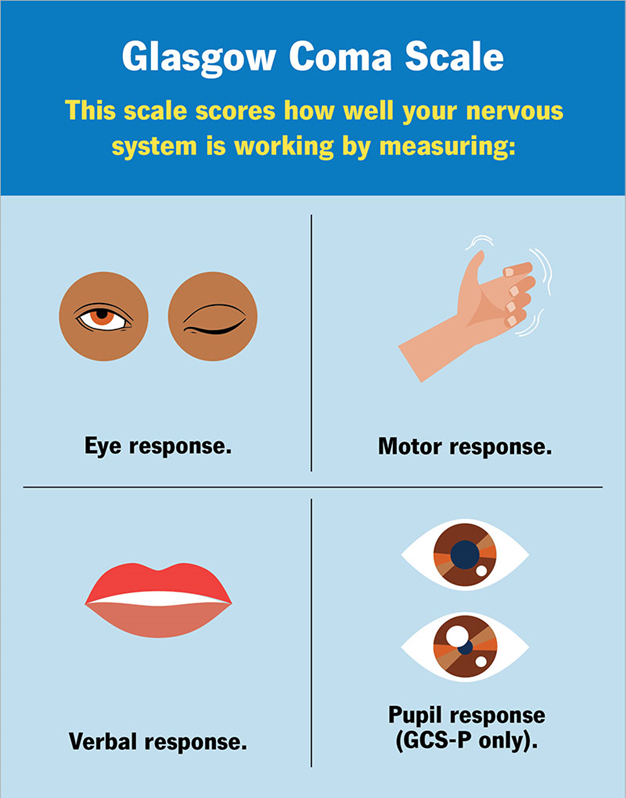A charge nurse is making room for new admissions following a community disaster. Which of the following clients should the nurse recommend for discharge?
A client who has a deep-vein thrombosis and an INR of 2.0
A client who is receiving chemotherapy and has tumor lysis syndrome
A client who has a new onset of left-sided weakness
A client who has angina and a troponin level of 3 ng/mL
The Correct Answer is A
Choice A reason: This is the correct choice because this client has the least urgent and most stable condition. A deep-vein thrombosis is a blood clot that forms in a vein, usually in the leg. An INR of 2.0 indicates that the client's blood is within the therapeutic range for anticoagulation therapy, which prevents the clot from growing or breaking off. The nurse should ensure that the client has a prescription for oral anticoagulants, compression stockings, and follow-up appointments before discharging them.
Choice B reason: This is not the correct choice because this client has a serious and potentially life-threatening condition. Tumor lysis syndrome is a complication of chemotherapy that occurs when cancer cells break down rapidly and release their contents into the bloodstream. This can cause electrolyte imbalances, kidney damage, and cardiac arrhythmias. The nurse should monitor the client's vital signs, laboratory values, urine output, and fluid balance, and administer medications and interventions as prescribed.
Choice C reason: This is not the correct choice because this client has a new and acute condition. A new onset of left-sided weakness could indicate a stroke, which is a medical emergency that requires immediate diagnosis and treatment. The nurse should perform a neurological assessment, check the client's blood pressure and blood glucose levels, and activate the stroke protocol.
Choice D reason: This is not the correct choice because this client has a severe and unstable condition. Angina is chest pain that occurs when the heart muscle does not get enough oxygen-rich blood. A troponin level of 3 ng/mL indicates that the client has a high level of cardiac enzymes in the blood, which suggests a heart attack or myocardial infarction. The nurse should administer oxygen, nitroglycerin, aspirin, and morphine as prescribed, and prepare the client for further diagnostic tests and interventions.

Nursing Test Bank
Naxlex Comprehensive Predictor Exams
Related Questions
Correct Answer is D
Explanation
Choice A reason: The most recent blood glucose reading is not the most important information for the nurse to report at shift change. IV corticosteroids can cause hyperglycemia, which requires monitoring and treatment, but it is not as critical as the client's level of consciousness.
Choice B reason: The laboratory tests scheduled for next shift are not the most important information for the nurse to report at shift change. The nurse should inform the oncoming nurse about the tests, but they are not as urgent as the client's neurological status.
Choice C reason: The reddened area on the coccyx is not the most important information for the nurse to report at shift change. The nurse should document and report any signs of skin breakdown, but they are not as life-threatening as the client's increased intracranial pressure.
Choice D reason: The Glasgow Coma Scale score is the most important information for the nurse to report at shift change. The Glasgow Coma Scale is a tool that measures the client's level of consciousness based on eye opening, verbal response, and motor response. A decrease in the score indicates a deterioration in the client's neurological condition, which requires immediate intervention.

Correct Answer is B
Explanation
Choice A reason: The client's electrical cord is taped to the floor is not a safety hazard, but rather a safety measure to prevent tripping or pulling the cord.
Choice B reason: The client's bedside lamp is plugged in using an extension cord with two prongs is a safety hazard because it poses a risk of fire or electric shock. Extension cords should have three prongs and should not be used for permanent wiring.
Choice C reason: The client has used tacks to secure the carpet on the stairs is not a safety hazard, but rather a safety measure to prevent slipping or falling on the stairs.
Choice D reason: The client stores cleaning supplies in a locked cabinet above his head is not a safety hazard, but rather a safety measure to prevent accidental ingestion or exposure to toxic substances.
Whether you are a student looking to ace your exams or a practicing nurse seeking to enhance your expertise , our nursing education contents will empower you with the confidence and competence to make a difference in the lives of patients and become a respected leader in the healthcare field.
Visit Naxlex, invest in your future and unlock endless possibilities with our unparalleled nursing education contents today
Report Wrong Answer on the Current Question
Do you disagree with the answer? If yes, what is your expected answer? Explain.
Kindly be descriptive with the issue you are facing.
